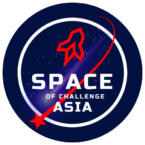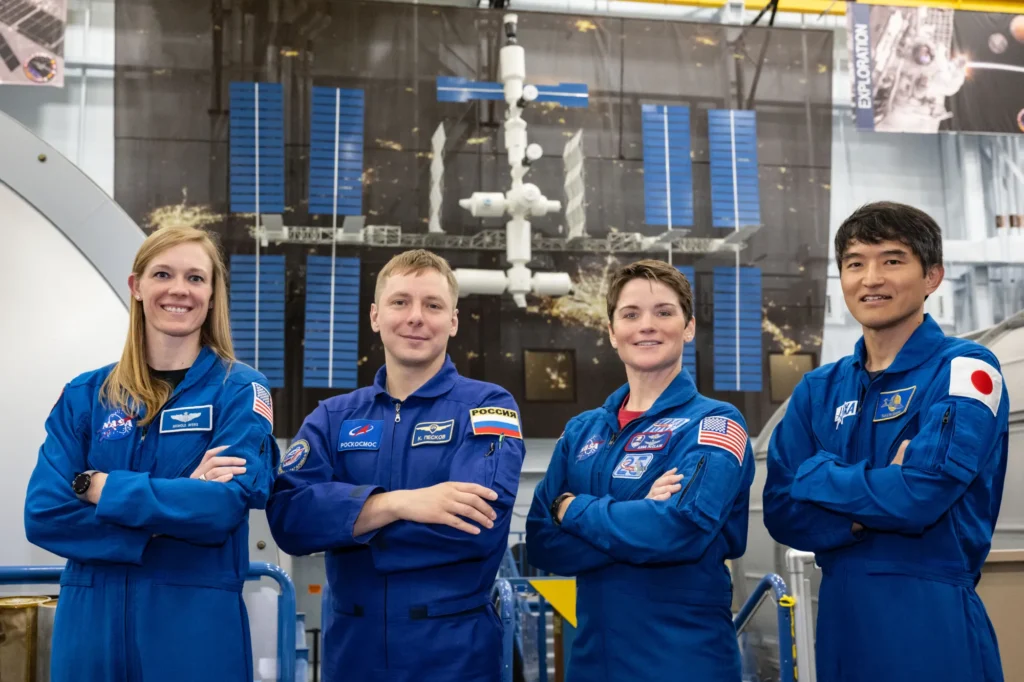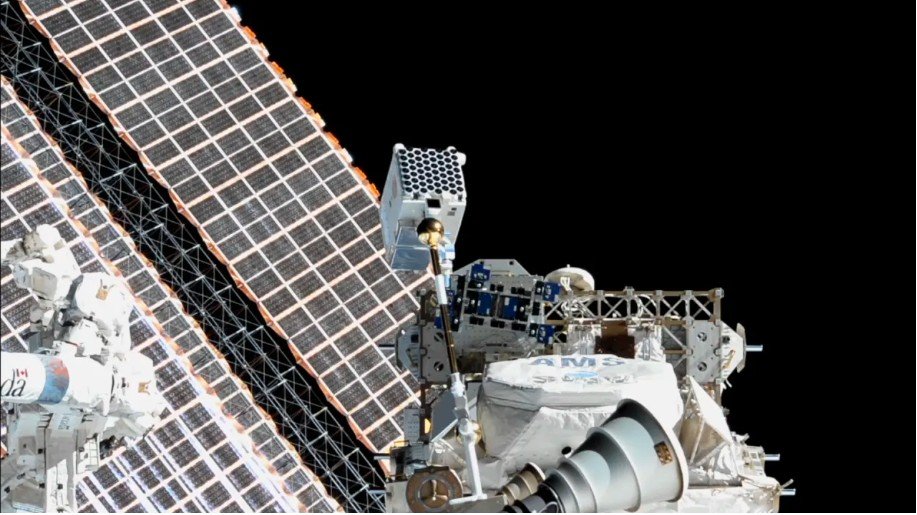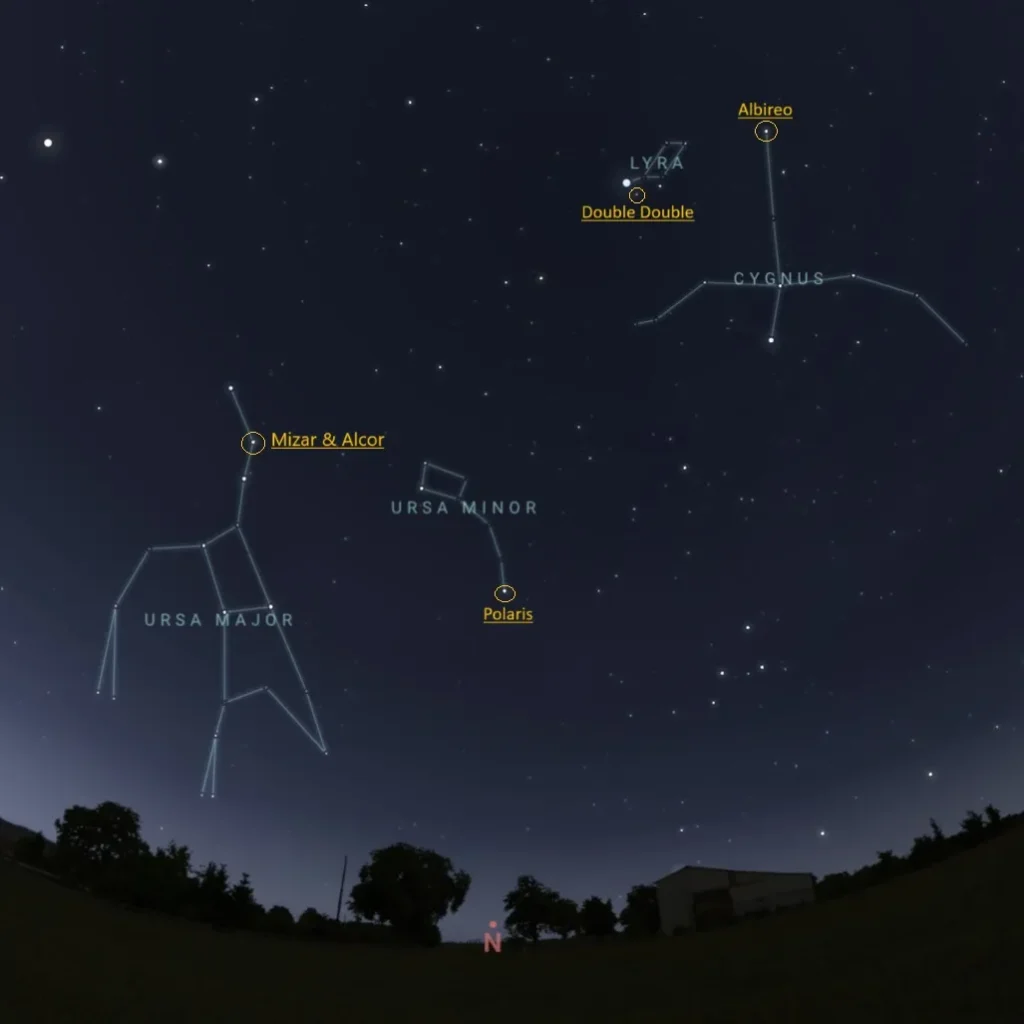NASA Shares its SpaceX Crew-10 Assignments for Space Station Mission
As part of NASA’s SpaceX Crew-10 mission, four crew members are preparing to launch for a long-duration stay aboard the International Space Station. NASA astronauts Commander Anne McClain and Pilot Nichole Ayers, JAXA (Japan Aerospace Exploration Agency) astronaut Mission Specialist Takuya Onishi, and Roscosmos cosmonaut Mission Specialist Kirill Peskov will join astronauts at the orbiting laboratory no earlier than February 2025. The flight is the 10th crew rotation with SpaceX to the station as part of NASA’s Commercial Crew Program. While aboard, the international crew will conduct scientific investigations and technology demonstrations to help prepare humans for future missions and benefit people on Earth. Selected by NASA as an astronaut in 2013, this will be McClain’s second spaceflight. A colonel in the U.S. Army, she earned her bachelor’s degree in Mechanical Engineering from the U.S. Military Academy at West Point, New York, and holds master’s degrees in Aerospace Engineering, International Security, and Strategic Studies. The Spokane, Washington, native was an instructor pilot in the OH-58D Kiowa Warrior helicopter and is a graduate of the U.S. Naval Test Pilot School in Patuxent River, Maryland. McClain has more than 2,300 flight hours in 24 rotary and fixed-wing aircraft, including more than 800 in combat, and was a member of the U.S. Women’s National Rugby Team. On her first spaceflight, McClain spent 204 days as a flight engineer during Expeditions 58 and 59 and was the lead on two spacewalks, totaling 13 hours and 8 minutes. Since then, she has served in various roles, including branch chief and space station assistant to the chief of NASA’s Astronaut Office. Ayers is a major in the U.S. Air Force and the first member of NASA’s 2021 astronaut class named to a crew. The Colorado native graduated from the Air Force Academy in Colorado Springs with a bachelor’s degree in Mathematics and a minor in Russian, where she was a member of the academy’s varsity volleyball team. She later earned a master’s in Computational and Applied Mathematics from Rice University in Houston. Ayers served as an instructor pilot and mission commander in the T-38 ADAIR and F-22 Raptor, leading multinational and multiservice missions worldwide. She has more than 1,400 total flight hours, including more than 200 in combat. With 113 days in space, this mission also will mark Onishi’s second trip to the space station. After being selected by JAXA in 2009, he flew as a flight engineer for Expeditions 48 and 49 became the first Japanese astronaut to robotically capture the Cygnus spacecraft. He also constructed a new experimental environment aboard Kibo, the station’s Japanese experiment module. Since his spaceflight, Onishi became certified as a JAXA flight director, leading the team responsible for operating Kibo from JAXA Mission Control in Tsukuba, Japan. He holds a bachelor’s degree in Aeronautics and Astronautics from the University of Tokyo and was a pilot for All Nippon Airways, flying more than 3,700 flight hours in the Boeing 767. NASA’s SpaceX Crew-10 mission also will be Peskov’s first spaceflight. Before his selection as a cosmonaut in 2018, he earned a degree in Engineering from the Ulyanovsk Civil Aviation School and was a co-pilot on the Boeing 757 and 767 aircraft for airlines Nordwind and Ikar. Assigned as a test-cosmonaut in 2020, he has additional experience in skydiving, zero-gravity training, scuba diving, and wilderness survival. For more than two decades, people have lived and worked continuously aboard the International Space Station, advancing scientific knowledge and demonstrating new technologies, making research breakthroughs not possible on Earth. The station is a critical testbed for NASA to understand and overcome the challenges of long-duration spaceflight and to expand commercial opportunities in low Earth orbit. As commercial companies focus on providing human space transportation services and destinations as part of a robust low Earth orbit economy, NASA’s Artemis campaign is underway at the Moon, where the agency is preparing for future human exploration of Mars. Find more information on NASA’s Commercial Crew Program at: https://www.nasa.gov/commercialcrew -end- Joshua Finch / Claire O’SheaHeadquarters, Washington202-358-1100joshua.a.finch@nasa.gov / claire.a.o’shea@nasa.gov Raegan ScharfetterJohnson Space Center, Houston281-910-4989raegan.r.scharfetter@nasa.gov



